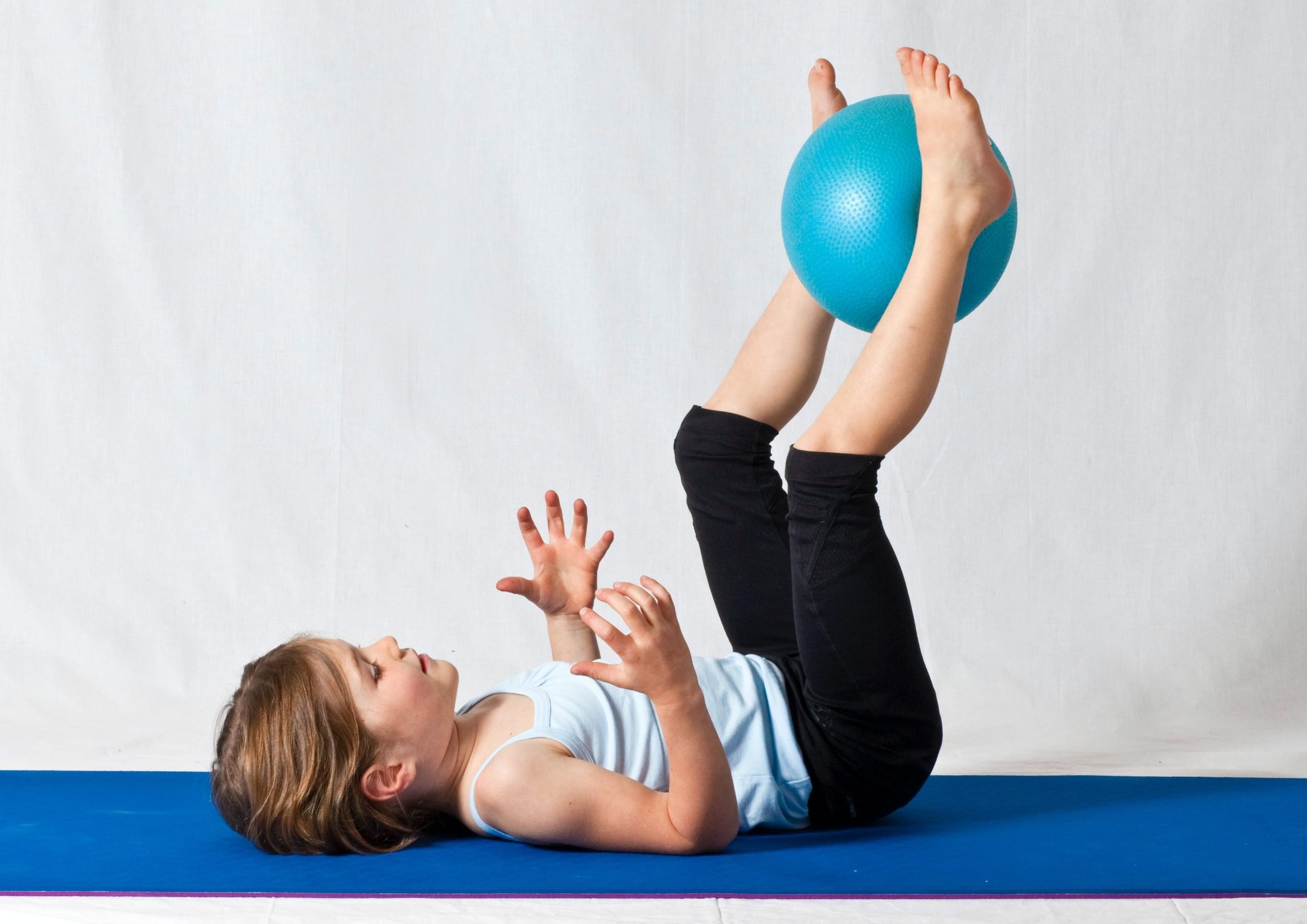Hello, beautiful, exasperated, and passionate parents of the universe! Let’s just agree on one thing right off the bat. As a parent, there’s a seemingly endless list of things you want to teach your little ones, from tying their shoes (seriously, why is that so hard?), eating their veggies (without playing “airplane” every single time), to the alphabet song (not the version where L, M, N, O, and P morph into one indecipherable blob).
But beyond these day-to-day survival tactics, one critical and often challenging lesson we need to impart is teaching body safety. Yep, we’re diving into the important-yet-sometimes-uncomfortable realm of personal boundaries. Trust me, it’s going to be a journey worth taking, even if it does mean wading into slightly deeper parental waters.
As much as we adore our toddlers, their small, cherubic faces can belie their incredible spongy minds. Yes, they’re absorbing everything around them like tiny, highly unpredictable, walking encyclopedias. This is precisely why it’s the perfect time to instill in them the concept of body safety.
Teaching body safety is more than just educating them about ‘good touch’ and ‘bad touch’. It’s about empowering them to understand their personal boundaries and giving them the tools and confidence to voice any discomfort. These conversations aren’t just vital for their wellbeing, but they also lay the foundation of consent and respect that will follow them through life.
Now, don’t fret if you’re scratching your head, wondering where to begin. In this blog post, we’ll walk through some engaging and age-appropriate ways to approach the topic of body safety. From understanding personal boundaries to teaching toddlers to voice their discomfort, we’ve got you covered. We’ll even dive into body safety in public places and the digital world because, let’s be real, we’re parenting in the 21st century, and these kiddos know how to swipe before they can speak.
So, buckle up and let’s go on this parental adventure together. Trust me; it’s one of the most significant gifts you can give your child. Here’s to parenting, the most challenging yet rewarding ride of our lives. And remember, folks, no parenting journey is complete without a cup of hot coffee (or let’s be honest, probably cold because you forgot it on the counter, again), an excess of love, and a sprinkling of patience.
Stay tuned as we delve into the world of toddler body safety! In the meantime, I’ll be searching for my own missing cup of coffee.
TL;DR – We’re embarking on a journey to teach our toddlers about body safety and personal boundaries. Hold on to your cold coffee, parents! We’re in this together.
TLDR
- Personal boundaries are an essential part of body safety. Using simple analogies and toys can effectively teach this concept to toddlers.
- Establish simple body safety rules that even toddlers can understand and remember.
- Start teaching consent early to build a foundation for body safety and healthy relationships.
- Have open, age-appropriate discussions about private parts using correct terminology.
- Use role-play scenarios to teach and practice body safety rules.
- Help toddlers navigate physical contact with friends and family, promoting the importance of consent even within familiar circles.
- Teach your toddler to voice discomfort and affirm their feelings when they express any discomfort.
- Discuss body safety rules in public places, instilling confidence in toddlers to seek help from trusted adults when needed.
- Use books and resources to supplement body safety discussions and make them more engaging.
- Guide parents on how to respond to inappropriate behavior, empower toddlers to say ‘no’, and introduce basic internet safety rules for toddlers in the digital age.
Understanding Personal Boundaries: A Guide for Toddlers
The first step to body safety is helping our toddlers grasp the concept of personal boundaries. Now, I know what you’re thinking, “Wait, my toddler barely understands the concept of not eating crayons, and you want me to teach them personal boundaries?” Stick with me here, because, surprise, surprise, it’s easier than you might think!
Personal boundaries are, essentially, an invisible bubble around a person. Everyone has one, and it’s okay to let some people inside (like giving hugs to mommy or daddy), while keeping others out. Explaining this to your toddler might seem like trying to teach them advanced physics, but here’s a little secret: Use their favorite toys. Yes, it’s as simple as that. Use a beloved teddy bear or a favorite superhero figurine to demonstrate this concept.
For example, Teddy might not like it when people touch his ears without asking. So, we should always ask Teddy first, “Teddy, is it okay if I touch your ears?” I know it sounds silly, but trust me, this method speaks toddler!
Simple Body Safety Rules for Toddlers
In the world of toddlers, simple is always better. So let’s break down body safety into a few easy rules that even the most energetic (read: easily distracted) toddler can understand.
Rule 1: “My body belongs to me.” This is the golden rule of body safety. It is a simple yet powerful statement that teaches toddlers ownership over their bodies.
Rule 2: “Ask before you touch.” This rule applies both ways, teaching toddlers to respect others’ personal space and to expect the same.
Rule 3: “It’s okay to say no.” This might be a tough pill to swallow, especially when you’re trying to get them to eat broccoli, but it’s an essential part of personal autonomy.
Rule 4: “Talk about uncomfortable situations.” Encourage your child to come to you if something or someone makes them uncomfortable.
The Importance of Teaching Consent Early
Some might argue that toddlers are too young to learn about consent. To them, I say, “Have you ever tried to put a hat on a toddler who doesn’t want to wear one?” Exactly. Toddlers may not understand the legal definitions, but they are fully capable of understanding the fundamental principles of consent.
Teaching consent at an early age not only builds a foundation for body safety but also for healthy relationships. It’s about letting them know that their feelings matter and that they have a say in what happens to them. It’s as simple as asking if you can give them a hug or if they want help while dressing up. Remember, consent is a continuous process and should be asked every time.
By imparting these lessons now, you’re setting your child up for success in understanding the complex dynamics of respect and boundaries later in life. And let’s be real; we could all use a little more respect and understanding in our world.
Age-appropriate Discussions about Private Parts
Okay, deep breath, parents! This one can feel a bit awkward, but it’s a necessary conversation. Now, you’re not going to be giving an anatomy lecture here. Keep it simple, accurate, and judgment-free.
Teach your toddler the correct names for their private parts. It’s not only about promoting a healthy body image but also providing them with the correct vocabulary for discussing any issues. Remember that kid-friendly humor can be a great ice-breaker for these conversations. You could say something like, “Just like we have noses to smell flowers, we have private parts too. They are special parts of our bodies that are private, just like a secret treasure chest!” You’re talking about body parts, not inventing new names for mythical creatures, so keep the giggles in check!
Role-Play Scenarios for Body Safety Education
Role-playing is a fantastic way to teach body safety rules. It helps your child understand the application of these rules and gives them a safe space to practice voicing their discomfort.
You could start with simple scenarios using their favorite toys. Let’s say Teddy wants to give Bunny a hug. Teach Teddy (and your toddler) to ask Bunny if she would like a hug. If Bunny says no, then no hug is given. Simple as that! This shows your child that it’s important to respect others’ boundaries and to expect the same for their own.
Role-playing also provides an excellent opportunity to teach your toddler what to do if they find themselves in an uncomfortable situation. If Teddy touches Bunny in a way she doesn’t like, she can say, “Stop, Teddy, I don’t like that.”
Navigating Physical Contact with Friends and Family
Who doesn’t love smothering a cute toddler with cuddles and kisses? But hold on a second, because your sweetie-pie needs to be comfortable with this affection too.
While Grandma might mean well, it’s important to teach your toddler that they don’t have to accept physical affection from anyone if they don’t want to, even family members. Instead, offer alternatives to physical contact. A high-five, a wave, or a simple smile can be just as warm and loving.
This also applies to interactions with friends during playdates. Help your toddler understand that just as they have the right to say no to a hug, their friends have the same right. It’s about building a culture of respect from the get-go.
These are tricky waters to navigate, but it’s all part of the great parental voyage. It’s not always smooth sailing, but remember, choppy waters make skilled sailors. So, keep steering the ship, brave parents! The horizon is looking pretty beautiful.
How to Teach Your Toddler to Voice Discomfort
Alright, brace yourselves, parents. This is where we take off the training wheels and give our little superheroes the power of voicing their feelings. In a world that often tells children to be seen and not heard, it’s critical we teach our toddlers to stand up for themselves and express their discomfort.
Start by letting them know that all feelings are valid, be it happiness, anger, or discomfort. Use everyday situations to show this. Did a cartoon character do something they didn’t like? Let’s talk about it. Does your toddler not want to share their toy? That’s okay! Encourage them to say, “I don’t want to share right now.”
Remember, our goal here is not to raise a generation of defiant rebels (as entertaining as that might be), but a generation that respects themselves and others. Empower your toddler with phrases like, “I don’t like that,” or “That makes me uncomfortable.”
Body Safety in Public Places
Teaching body safety doesn’t stop at the boundaries of our homes. It extends to public places too. Whether it’s a playground, grocery store, or a family gathering, these principles stand.
Let your toddler know that the rules of body safety apply everywhere, even when you’re not around. Encourage them to voice their discomfort loudly and clearly. Teach them to find a trusted adult if they feel unsafe. And most importantly, always validate their feelings when they voice discomfort. It’s all about building trust and confidence.
Just remember to keep the discussion light-hearted and reassuring. We’re aiming for educated, not scared. After all, who wants to add “fear of playgrounds” to the list of parenting woes?
Books and Resources to Aid Body Safety Discussions
Talking about body safety is great, but sometimes, a little visual aid can work wonders (especially if it comes with catchy tunes or brightly colored pictures).
There are several children’s books and online resources that address body safety in an age-appropriate and engaging manner. Some of our favorites include “My Body! What I Say Goes!” by Jayneen Sanders, and “I Said No! A Kid-to-kid Guide to Keeping Private Parts Private” by Kimberly King.
These resources provide a fun and non-threatening way to reinforce the body safety rules you’re teaching at home. Plus, they might just buy you a few moments of peace while your toddler is engrossed. Win-win!
Remember, parents, it’s a marathon, not a sprint. And every little step we take in teaching our toddlers about body safety is a leap towards creating a safer, more respectful world. Keep up the great work!
Responding to Inappropriate Behavior: A Guide for Parents
As parents, one of our biggest fears is seeing our little ones uncomfortable or upset. If your child ever comes to you with a body safety concern, it can be overwhelming, but it’s crucial to stay calm. Validate their feelings first. Let them know they did the right thing by speaking up.
While your first instinct might be to turn into a ferocious, protective bear, remember that educating is more effective than scolding. Talk to the person involved, express your child’s discomfort, and explain the body safety rules. Everyone makes mistakes, and sometimes, people are unaware that they’ve crossed a boundary.
Keep open communication with your child, assure them they can come to you anytime, and always praise them for speaking up. It’s these moments of bravery we need to foster in our children. After all, bravery isn’t about never being scared. It’s about being scared and speaking up anyway.
Empowering Your Toddler to Say No
Now, this might seem counterintuitive, especially when half our parenting life is spent trying to make our kids say ‘yes’ to things. Yes to broccoli, yes to naptime, yes to not drawing on the walls. But when it comes to body safety, ‘no’ is a powerful word your toddler needs to be comfortable with.
Let them know it’s perfectly okay to say no to a hug, a kiss, or any other form of touch that makes them uncomfortable. Practice this with role-playing games. Use positive reinforcement when they do say no, and remind them that real superheroes respect their own and others’ boundaries.
Remember, we’re not raising mindless rule-followers. We’re raising future leaders, inventors, artists, and perhaps even bloggers, who knows? And it starts with teaching them the power of ‘no’.
Body Safety in the Digital Age: Basic Internet Safety Rules for Toddlers
As much as we’d love to, we can’t deny our toddlers are growing up in a digital world. They can swipe before they can talk and click before they can walk. It’s amazing and terrifying all at once.
Teaching body safety extends to the digital world too. Start by setting boundaries on screen time and internet use. Ensure that your child’s interactions online are safe, positive, and age-appropriate. Teach them not to share personal information online, especially pictures.
The internet can be a wonderful resource for learning and creativity, but it’s important to navigate this digital landscape together. And always, always monitor their internet usage. The digital world is vast, and our little explorers need a guide.
Remember, it’s not about instilling fear, but about teaching responsible and safe behavior. We’re raising digital citizens, after all. Who knew parenting would come with such exciting titles?
Final Thoughts
As we reach the end of this journey, it’s clear that teaching our toddlers about body safety is not a one-time lecture. It’s an ongoing conversation, sprinkled with a good dose of patience, a sprinkle of humor, and heaps of love. It’s about providing them with the knowledge and skills they need to respect their own and others’ boundaries.
We’ve sailed through the concept of personal boundaries, the basic body safety rules, and the importance of teaching consent early. We’ve navigated tricky waters, discussing private parts and role-playing scenarios. We’ve explored how to voice discomfort, ensure safety in public places, and use resources to aid body safety discussions.
We’ve armed ourselves with strategies to respond to inappropriate behavior and empowered our toddlers to say no. And we haven’t shied away from the digital age, laying out the basics of internet safety for our little ones.
Teaching body safety can seem like a Herculean task, but remember, dear parents, we’re in this together. The key is to keep the conversation going, to listen and validate our children’s feelings, and to ensure that they know that their bodies belong to them and only them.
Most importantly, we’re not just teaching our toddlers; we’re learning with them, growing with them, and creating a safer, more respectful world alongside them. And that’s what truly makes this journey worth it. After all, every superhero needs a sidekick, and what better sidekick than you, dear parents?
Remember, Rome wasn’t built in a day, and neither is a toddler’s understanding of body safety. So keep on keeping on, superhero parents. The world needs more of you.
And the next time you’re knee-deep in the chaos of toddlerhood, remember to take a breath, summon your inner superhero, and maybe have a chuckle or two. After all, laughter is the best parenting tool. Until our next adventure, stay brave, stay awesome, and keep spreading the giggles!




